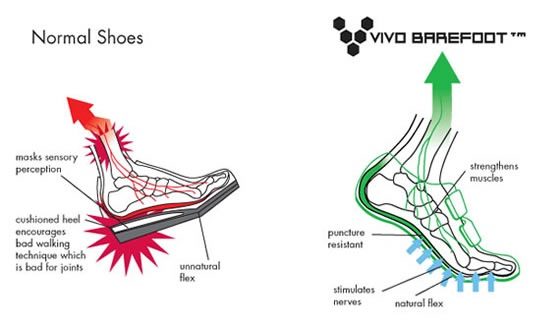ExigeEvan
Premium
- 17,192
Great start!
Couple of pointers, sorry they're from my phone.
1) Distances and routes.
Get on google maps and try to pick out three routes, even if they overlap considerably. The shortest (say 3km) will be your "sprint" (The "I really want to run but haven't got much time"). This is usually about 20 mins long. The median about 5km or 30 minutes. This is your normal evening run. And the longest (8km or 45 minutes) is your weekender, when hopefully you've got some spare time.
This helps vary your routes some what and makes it more convenient. Adjust distance to suit the times.
2) Technique.
I don't support vibrams or any of this natural running, but there's a lot to be said for casual runners impacting further towards your toes. This will ruin your calf muscles at first so save it for shorter jogs, but I believe it reduces chance of shin splints and impact injuries.
3) Nutrition
I'm particularly sensitive to this personally but others are not. A poor set of carbs at lunch (like a visit to Greggs) will always leave me feeling groggy when I jog in the evening. If you can't get a decent lunch grab some fruit or chocolate an hour or two before running.
4) Sprints
An easy improv' on sprints is to simply run lampposts. They're at regular intervals and easily found (newer roads are ideal). Decide early on what you can manage. E.g. sprint 1, walk 1, jog 1 and repeat. Eventually building upto sprint, jog, sprint, jog.
5) Don't stop.
I can't stress this enough. Never stop. I don't care if you're walking or crawling, but on a run stopping is not an option. I had one running buddy that would use her cleavage to convince me stopping was a good idea, ample as it was, it didn't help. 4 years later we ran a marathon together and she beat me by 15 minutes.
6) Listen to your body.
Aches are one thing, but if it causes you to run differently then it's possibly more serious. Do stretches after a run and see which areas are tight or inflexible.
Couple of pointers, sorry they're from my phone.
1) Distances and routes.
Get on google maps and try to pick out three routes, even if they overlap considerably. The shortest (say 3km) will be your "sprint" (The "I really want to run but haven't got much time"). This is usually about 20 mins long. The median about 5km or 30 minutes. This is your normal evening run. And the longest (8km or 45 minutes) is your weekender, when hopefully you've got some spare time.
This helps vary your routes some what and makes it more convenient. Adjust distance to suit the times.
2) Technique.
I don't support vibrams or any of this natural running, but there's a lot to be said for casual runners impacting further towards your toes. This will ruin your calf muscles at first so save it for shorter jogs, but I believe it reduces chance of shin splints and impact injuries.
3) Nutrition
I'm particularly sensitive to this personally but others are not. A poor set of carbs at lunch (like a visit to Greggs) will always leave me feeling groggy when I jog in the evening. If you can't get a decent lunch grab some fruit or chocolate an hour or two before running.
4) Sprints
An easy improv' on sprints is to simply run lampposts. They're at regular intervals and easily found (newer roads are ideal). Decide early on what you can manage. E.g. sprint 1, walk 1, jog 1 and repeat. Eventually building upto sprint, jog, sprint, jog.
5) Don't stop.
I can't stress this enough. Never stop. I don't care if you're walking or crawling, but on a run stopping is not an option. I had one running buddy that would use her cleavage to convince me stopping was a good idea, ample as it was, it didn't help. 4 years later we ran a marathon together and she beat me by 15 minutes.
6) Listen to your body.
Aches are one thing, but if it causes you to run differently then it's possibly more serious. Do stretches after a run and see which areas are tight or inflexible.



